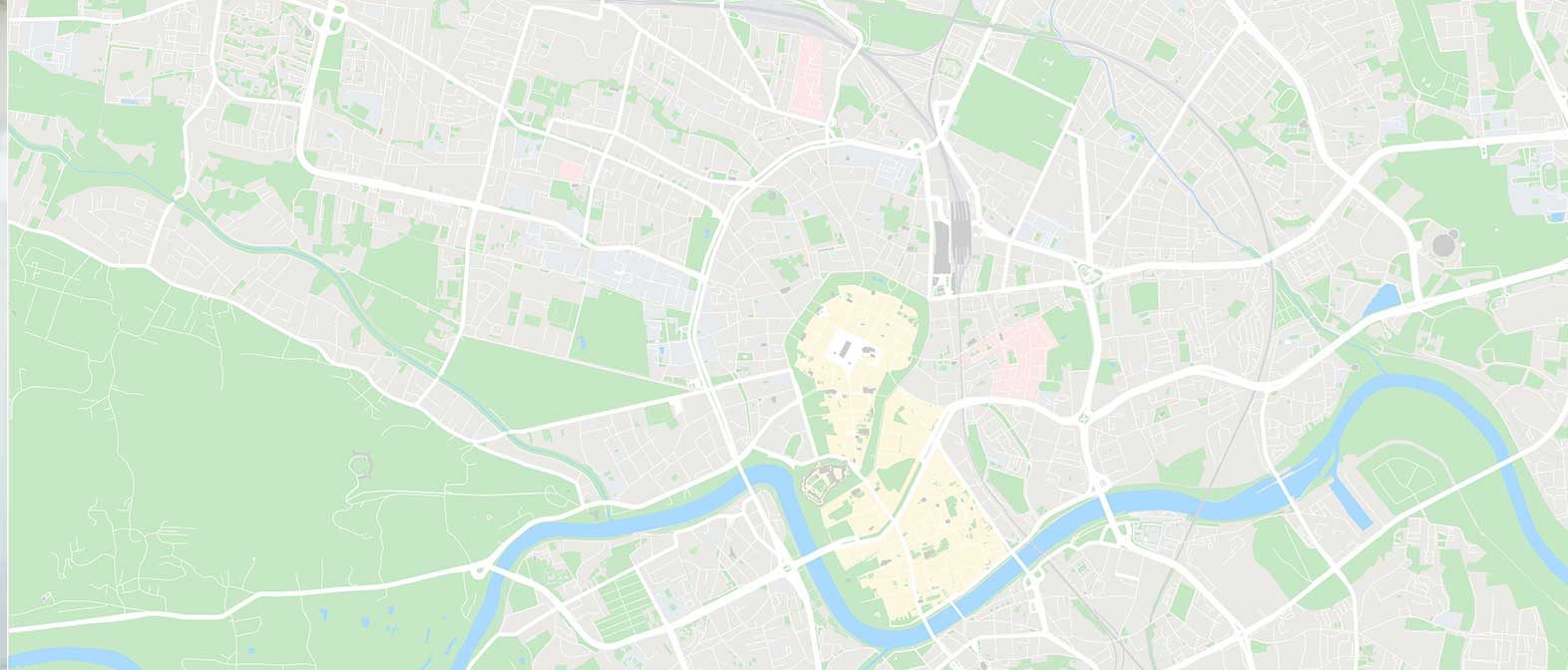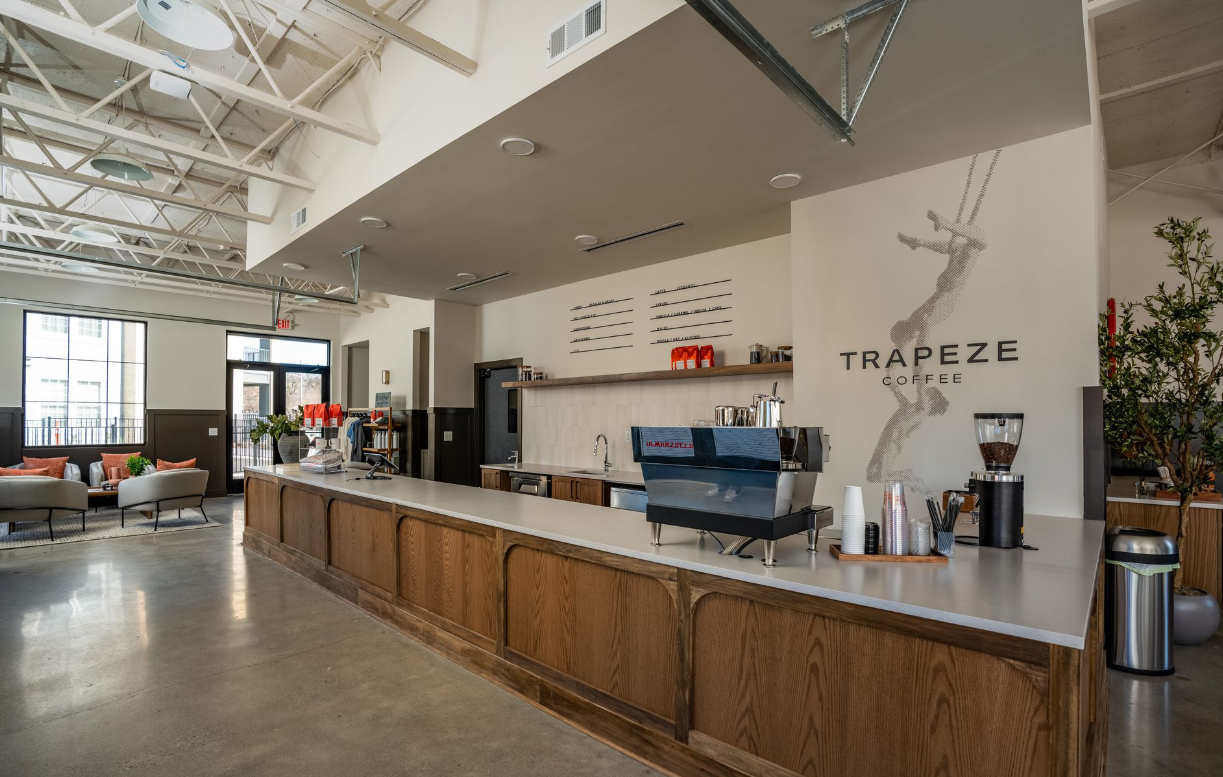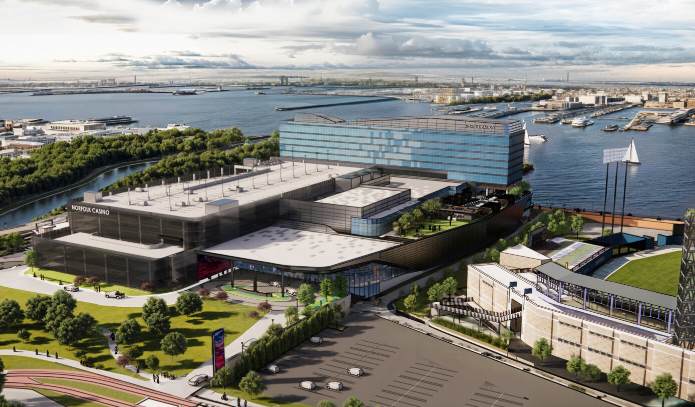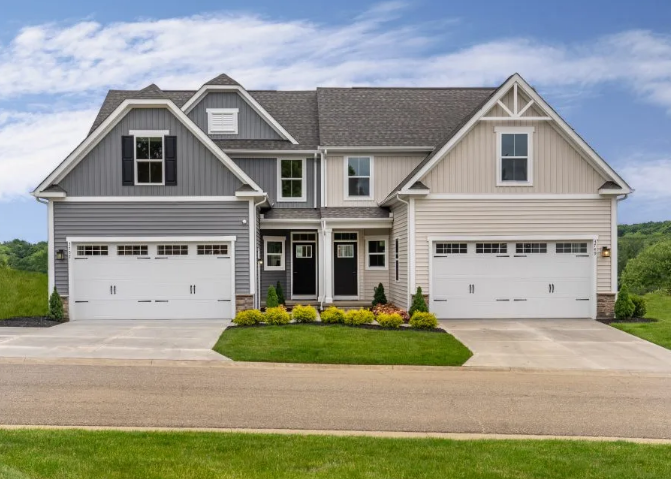Not long ago, the answer might’ve seemed obvious—buy a rental, flip a house, or grab a downtown condo. But today’s market isn’t so simple. Prices are high, borrowing costs are higher, and what worked five years ago doesn’t always hold up now.
So it’s a fair—and timely—question:
With $1 million to put into real estate, what’s actually worth doing?
The answer depends on where you’re looking, what you’re chasing, and how involved you want to be. Here’s how smart investors are thinking about it in 2025—and where they’re putting real capital to work.
1. Build-to-Rent (BTR) Subdivisions: The Scalable Middle Ground
Target: Sun Belt cities (e.g., Charlotte, Nashville, Tampa, Raleigh)
Why: Growing renter demand, low homeownership affordability
Strategy: Partner with a developer or acquire small parcels to build 4–10 rental homes in a cluster
BTR neighborhoods—entire communities of single-family homes designed to rent—have exploded post-COVID. Families want space and flexibility, but mortgage rates have made buying impossible for many.
For $1 million, you could:
- Co-invest in a small BTR community with a developer
- Buy land and fund construction for multiple units
- Or even enter with modular homes for faster returns
Pros: Strong long-term demand, recession-resistant, scalable
Cons: Entitlement challenges, longer ramp-up time, upfront costs
2. Urban Infill Multifamily: Buying Where People Already Are
Target: Secondary metros with strong job growth (e.g., Richmond, Louisville, Norfolk, Kansas City)
Why: Demand for workforce housing near walkable amenities
Strategy: Acquire a small 4–12 unit multifamily property or renovate an old triplex/quad
Infill properties are attractive because they’re already inside growing neighborhoods—often close to transit, nightlife, and employers. With zoning reform catching up, more cities are supporting small-scale density.
For $1 million: You could buy and renovate a mid-size building outright—or put 25–30% down on a $3–4 million deal with partners.
Pros: Cash flow + appreciation, strong tenant pool, tax advantages
Cons: Management intensity, older buildings, regulatory complexity
3. Industrial Flex Space: Underrated and In-Demand
Target: Edge-of-city areas near highways and ports (e.g., Hampton Roads, Savannah, Columbus)
Why: Booming e-commerce, logistics, trades, and small-scale manufacturing
Strategy: Buy a 5,000–15,000 sq. ft. flex industrial building with multiple tenants
Industrial demand is outpacing new supply in many metros. What used to be overlooked warehouses are now home to contractors, logistics hubs, cannabis suppliers, or creative users.
For $1 million: You could buy an older building in a B-market and lease it out at double-digit yields.
Pros: Long leases, low capex, rising rents
Cons: Specialized asset class, slower to reposition, niche tenant risk
4. Short-Term Rentals in Stable Tourism Markets
Target: Drive-to vacation markets (e.g., Asheville, Charleston, Gulf Coast, Lake Tahoe)
Why: Strong post-COVID travel demand + hybrid work flexibility
Strategy: Buy a fully furnished STR or a small portfolio of 2–3 condos
If you manage it right (and locally), short-term rentals can offer 10–20% cash-on-cash returns—far more than traditional leases. But they also come with volatility, regulation risk, and hands-on involvement.
For $1 million: You could buy one luxury home or diversify across smaller units in multiple cities.
Pros: High income potential, lifestyle flexibility (use it yourself), tax benefits
Cons: Seasonal dips, local ordinances, high management needs
5. Mixed-Use Redevelopment in Emerging Downtowns
Target: Revitalizing small cities (e.g., Winston-Salem, Macon, Scranton, or even parts of Norfolk)
Why: Public-private investment, arts districts, local incentives
Strategy: Buy and renovate an older commercial property with ground-floor retail and upper residential
With the right zoning and support, you could bring back a corner of a small downtown—often with the help of historic tax credits, façade grants, or opportunity zones.
Pros: Community impact, strong appreciation upside, multiple income streams
Cons: Higher risk, long renovation timelines, uneven tenant base
Final Thought: Real Estate Is Still Real
In a world of NFTs, crypto, and AI hype, real estate still offers what few assets can: control, leverage, and utility. Whether you’re buying a duplex or developing a micro-district, putting $1 million into property means betting on people, places, and patterns—not just markets.
And if you pick the right spot—whether it’s on a quiet street in Raleigh or a reawakening block in Norfolk—your investment might just do more than grow your wealth. It might help shape a neighborhood’s future.
By Evan Pugh & Thomas McCoy, MAI




